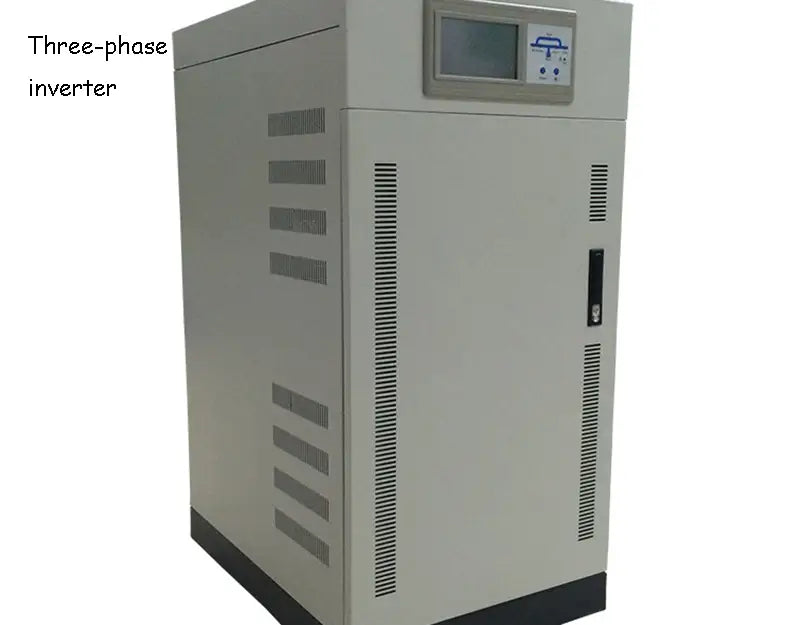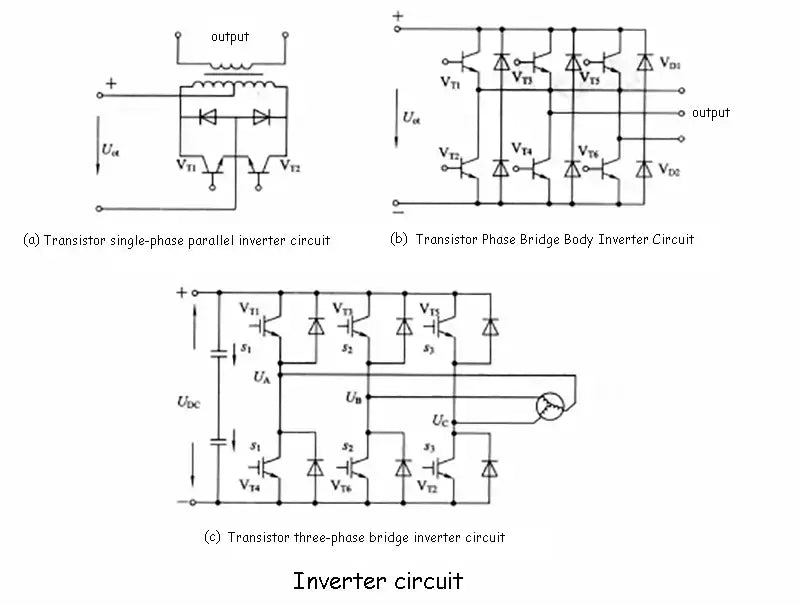
Main content:
The inverter is a device that converts direct current into alternating current, and the function of the inverter is exactly the opposite of that of the rectifier. Most of the modern electrical machinery and electrical appliances use alternating current, such as electric motors, televisions, electric fans, refrigerators and washing machines. In the wind power generation system using battery power, when supplying power from the battery to the load (electrical appliance), it is necessary to use an inverter like a rectifier. The inverter can also be divided into rotary inverter and static inverter. There are two types of inverters. The rotary inverter refers to the AC generator driven by the DC motor, and the AC generator with a certain frequency (50 Hz) and the waveform is a sine wave. Static inverter uses thyristors or transistors to form an inverter circuit without rotating parts and run smoothly. The waveform output by the static inverter is generally a rectangular wave, and a sine wave can also be given if necessary. Static inverter is mostly used in wind power generation systems.
1. Three-phase inverter

Similar to the main circuit form of the thyristor rectifier, the thyristor (thyristor) inverter also has many wiring modes, including single-phase, three-phase, zero-type, bridge-type and so on. The most common single-phase inverter, single-phase bridge inverter and three-phase inverter circuit and transmission voltage circuit and voltage waveform are shown in the figure below.

In the single-phase inverter circuit shown in the figure above, the capacitor connected between the main thyristors V1 and V2 is used to force the thyristor off. VD1 and VD2 are feedback diodes, whose function is to provide a path for the reactive current of the load and feed back the energy to the DC power supply. The inductance in the circuit plays the role of delaying the discharge of the commutation capacitor C, which is beneficial to the reliable turn-off of the thyristor during commutation
Three-phase inverter also has many different wiring forms. The most commonly used three-phase parallel and three-phase series inverter circuits are composed of three identical inverter circuits, as shown in the figure below. As long as the inverter triggers 6 thyristors (thyristors) in the given sequence, a symmetrical three-phase voltage can be obtained on the load. The so-called series inverter circuit refers to the connection method in which the commutation capacitor of the inverter is connected in series with the output load.

2. Three-phase bridge inverter
Transistors can also be used as inverter, in which case the transistors are used as switching elements. An inverter composed of transistors has a circuit with the same structure as an inverter composed of thyristors. Figure a shows a single-phase parallel inverter circuit composed of transistors, Figure b shows a single-phase bridge inverter circuit composed of transistors, and Figure c shows a three-phase bridge inverter circuit composed of transistors.
The nominal power of the inverter is calculated based on resistive loads (such as light bulbs, resistive heating wires). For inductive loads (such as fans, washing machines) and inductive capacitive loads (such as color TVs), the current will be several times its rated nominal current at startup, so an inverter with a larger power should be selected so that the Inductive or inductive capacitive loads can be activated. Usually, inverter with a nominal power of 100W are only suitable for light bulbs, tape recorders and other equipment; 200W inverter is suitable for black and white TVs, fluorescent lamps, fans, etc.; 400W inverter is suitable for color TVs, washing machines, etc.
















